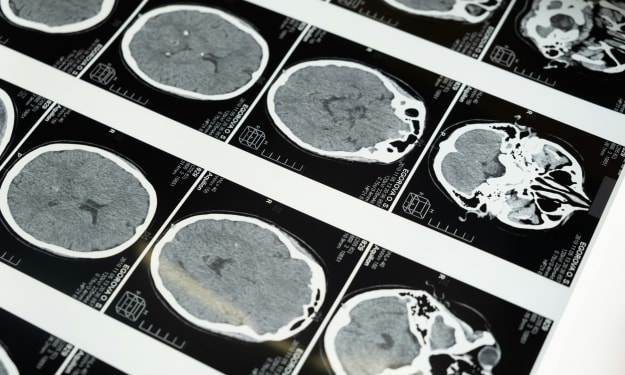EATING DISORDER.
Understanding Eating disorder.

Title: Understanding Eating Disorders: A Complex Battle for Wellness
Introduction :
Eating disorders are complex mental health conditions that affect individuals of all ages, genders, and backgrounds. These disorders, such as anorexia nervosa, bulimia nervosa, and binge eating disorder, involve disturbed eating behaviors and distorted body image. They go beyond mere concerns about weight and shape and often arise from a combination of genetic, psychological, and sociocultural factors. In this article, we will delve into the various types of eating disorders, their causes and symptoms, and the importance of early intervention and compassionate support in the journey towards recovery.
Types of Eating Disorders ):
1. Anorexia Nervosa: This disorder is characterized by extreme weight loss, an intense fear of gaining weight, and a distorted body image. Individuals with anorexia often restrict their food intake severely and engage in excessive exercise to maintain a low body weight.
2. Bulimia Nervosa: People with bulimia experience recurrent episodes of binge eating followed by purging behaviors, such as self-induced vomiting or misuse of laxatives. They may also engage in excessive exercise or fasting to compensate for the consumed calories.
3. Binge Eating Disorder: This disorder involves recurring episodes of uncontrollable eating, often accompanied by feelings of guilt, shame, and distress. Unlike bulimia, individuals with binge eating disorder do not engage in compensatory behaviors.
Causes and Contributing Factors :
The causes of eating disorders are multifaceted and vary from person to person. They involve a combination of biological, psychological, and sociocultural factors, including:
1. Genetic and Biological Factors: Certain genetic predispositions and abnormalities in brain chemistry may contribute to the development of eating disorders. Hormonal imbalances, such as low levels of serotonin, can also play a role.
2. Psychological Factors: Low self-esteem, perfectionism, body dissatisfaction, and distorted body image are common psychological factors associated with eating disorders. Individuals with these disorders often have a heightened need for control and struggle with feelings of inadequacy.
3. Sociocultural Factors: Societal pressure to attain an idealized body shape and size, as portrayed in media and cultural norms, can significantly impact individuals susceptible to eating disorders. Peer pressure, bullying, and a cultural emphasis on thinness can exacerbate these conditions.
Recognizing and Addressing Symptoms :
Early identification and intervention are crucial for individuals with eating disorders. Common signs and symptoms include:
1. Drastic weight loss or fluctuations
2. Obsession with food, calories, and body weight
3. Preoccupation with body image and excessive self-criticism
4. Changes in eating patterns, such as restrictive eating or secretive binge eating
5. Frequent visits to the bathroom after meals
6. Social withdrawal and avoidance of social situations involving food
Support and Recovery :
Recovery from an eating disorder is a challenging journey that requires professional help, a supportive environment, and individual commitment. Treatment approaches typically involve a multidisciplinary team, including therapists, dietitians, and medical professionals. Therapy, such as cognitive-behavioral therapy (CBT) and family-based therapy (FBT), is often utilized to address the underlying causes and develop healthy coping strategies. Nutritional counseling is also crucial to restore a healthy relationship with food. The support of family, friends, and support groups can provide essential emotional support during the recovery process.
Conclusion:
Eating disorders are complex illnesses that impact individuals physically, emotionally, and mentally. Understanding the various types, causes, and symptoms of eating disorders is crucial to prompt recognition and intervention. By promoting awareness, providing education, and fostering a compassionate and supportive environment, we can help individuals with eating disorders embark on a path to recovery. It is important to remember that recovery is possible, and with the right resources and support, individuals can regain their physical health, develop a positive body image, and rebuild their lives with renewed hope and resilience.





Comments
There are no comments for this story
Be the first to respond and start the conversation.